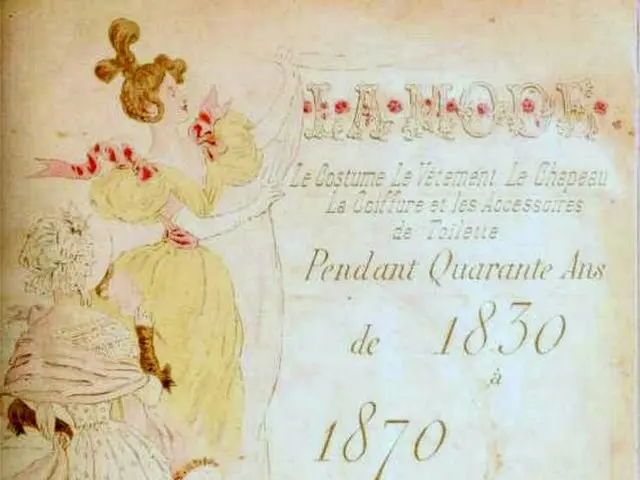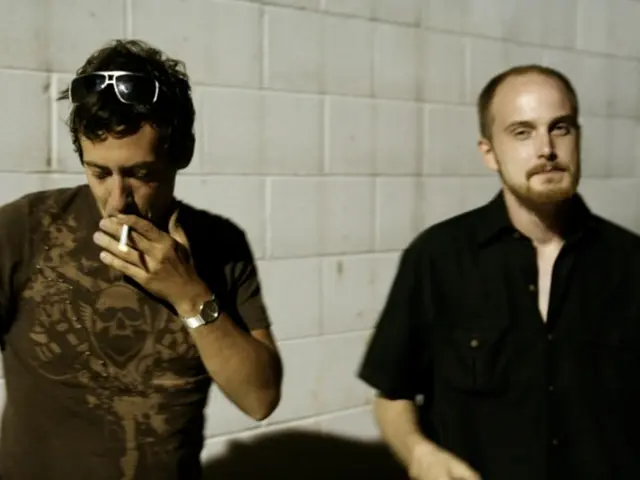Details on the Recently Introduced RSV Vaccinations for Children
In an effort to extend protection against respiratory syncytial virus (RSV) to all newborns, health authorities are aiming to increase the availability of nirsevimab. This expansion is set to begin later this viral season and continue through the next year.
The Centers for Disease Control and Prevention (CDC) and the American Academy of Pediatrics recommend that the RSV vaccine be given to infants during their first eight months of life, particularly when they are most vulnerable to serious illness caused by RSV. Premature newborns and those who are immunocompromised are at a higher risk of developing severe RSV infection.
One of the promising RSV vaccines in the pipeline is nirsevimab. This vaccine works by binding to the pre-fusion conformation of the RSV fusion (F) protein, a critical site for the virus to attach and fuse with host cells. By binding this site, nirsevimab prevents the virus from entering cells, thereby inhibiting infection. Moreover, it has a modified Fc region that extends its half-life, allowing protection to last through an entire RSV season, approximately five months.
In comparison to Synagis (palivizumab), another monoclonal antibody against RSV, nirsevimab offers several advantages. While Synagis targets a different site on the F protein and requires monthly dosing, nirsevimab binds to the pre-fusion F protein, acts as a fusion inhibitor, and has an extended half-life for once-per-season dosing.
| Aspect | Nirsevimab | Synagis (Palivizumab) | |--------------------|-----------------------------------------------|----------------------------------------| | Mechanism | Binds prefusion F protein; fusion inhibitor; extended half-life for once-per-season dosing[1][3] | Binds a site on F protein but requires monthly injection through RSV season | | Eligibility | Indicated for all neonates and infants in their first RSV season and some children up to 24 months who remain vulnerable[1][2] | Recommended mainly for high-risk infants (e.g., premature, chronic lung disease, congenital heart disease)[2] | | Administration | Single intramuscular injection per RSV season, dose differs by weight and age (50 mg, 100 mg, or 200 mg)[2][4] | Monthly intramuscular injections throughout RSV season (typically 5 doses) | | Effectiveness | ~79–81% efficacy in preventing medically attended RSV lower respiratory tract infection and hospitalization in infants[2][4] | About 55% efficacy in reducing RSV hospitalization in high-risk infants (historical data) | | Duration of Protection | Lasts about 5 months, covering the whole RSV season with one dose[4] | Requires monthly doses due to shorter half-life |
Nirsevimab provides broader eligibility (including all healthy infants in their first RSV season, not only high-risk groups), simpler administration (one dose per season vs. multiple doses), and higher or comparable effectiveness in preventing RSV-related hospitalizations compared to Synagis[1][2][4]. Additionally, nirsevimab can be administered alongside routine infant vaccines without delay[2].
It's important to note that Synagis remains in use for certain high-risk populations, but nirsevimab is increasingly preferred due to its convenience and longer-lasting protection.
Common side effects of nirsevimab include pain at the injection site, headache, muscle pain, and nausea. However, no major hypersensitivity reactions have been reported.
In conclusion, the expansion of nirsevimab availability for newborns is a significant step towards improving RSV protection for infants. By offering broader eligibility, simpler administration, and higher effectiveness, nirsevimab stands to make a meaningful impact in the fight against RSV.
Note: A search result incorrectly mentioning nirsevimab in autism treatment is not supported by clinical data and appears unrelated to RSV immunization[5].
Science has highlighted the potential of nirsevimab in the health-and-wellness sector, particularly in the fitness-and-exercise of newborn immunity. Unlike Synagis (palivizumab), nirsevimab binds to the pre-fusion form of the RSV fusion protein, offering an extended half-life, and once-per-season dosing, making it more accessible and convenient for newborns.




